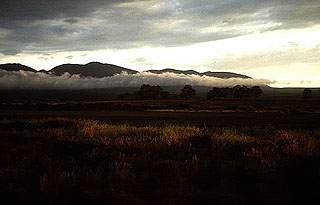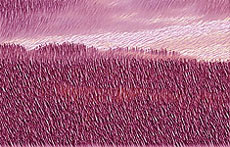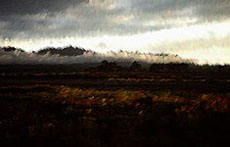Culture and the Physical Environment: Introduction
What do we mean when we say that culture is, in part, "a system of meanings" which governs the way a group of people understands its learned behaviors, its systems of organization and production, even its physical environment? Why do we say that culture resides in the meaning system and not in these things themselves?
In fact, the distinction is an important one. Learned culture is like a lens which filters all the information we perceive through our senses; sensory information passes through this lens of culture and is filtered, or interpreted, into a recognizable pattern that has meaning. Our perspectives in regard to the environment around us are a good example of this. The same physical object or environmental element, when perceived through different cultural filters as a symbol or sign, can have widely divergent meanings.
One way to think about this divergence is by extending our metaphor of the "filtering lens" to the image shown above. The image above is a straightforward digital scan of a photograph; the picture is easily recognizable as a mountain with grass in the immediate foreground and low clouds below the peaks. The images below were each derived from the image above; the mountain scene image was run through different filters on a computer program. These resulting images don't look at all alike, and one is barely interpretable as a "mountain scene" at all.
In the same way, the system of meanings which constitutes a culture can dramatically influence how we perceive and make sense of the physical world around us.
Press here to move on to the first (model) exhibit, an exploration of how this process of signification works using the environmental example of rain.
go back to the top of this page
 go back to the Environment Gallery
go back to the Environment Gallery
 go back to What Is Culture? page
go back to What Is Culture? page




 go back to the Environment Gallery
go back to the Environment Gallery go back to What Is Culture? page
go back to What Is Culture? page